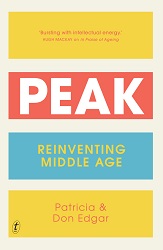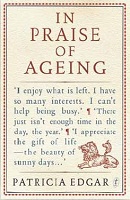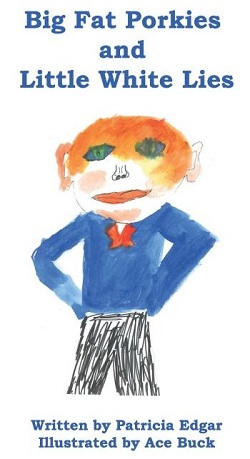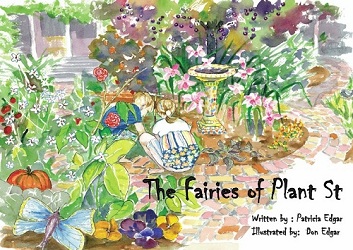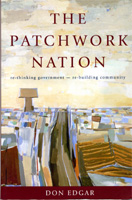Same lightweight ad menu key to youth obesity inquiry
June 08, 2009
THE House of Representatives inquiry into the obesity epidemic, Weighing it up: Obesity in Australia, recognises the magnitude of the problem and recommends a range of reforms but the advertising industry will remain self-regulated.
This is, they are told, their last chance.
I have been hearing such admonitions for more than 30 years.
From 1978-84 I chaired the children's program committee of the Australian Broadcasting Tribunal when the children's advertising standards were first introduced. I soon learned the only way to get program reform supported, and introduce the Cclassification for children's programs, was to go easy on advertising.
Little seems to have changed. The
advertising industry's reprieve this time is based on evidence from the
Australian Communications and Media Authority, the current regulator, which has
claimed it cannot identify a link between obesity and television advertising to
children in its commissioned research. Ofcom, the media regulator in the
UK, had no such problem in accepting as credible the research it commissioned
and banned junk food advertising in and around children's television programs
in 2007.
The health industry and children's lobbyists who have fought tirelessly to
protect the young from the welter of advertisements on youngsters' television
promoting processed foods with high fat and sugar content, are understandably
angry. But they do need to gather strength for a battle on a much broader
front.
The current regulatory and self-regulatory policy for children's advertising
was based on research conducted in the 1970s.
That concluded that children younger than 7-8 years lacked the cognitive
ability to understand advertising's persuasive intent and could be enticed by
people they admired -- hosts, celebrities, even cartoon characters -- to pester
their parents to buy.
These standards have been gloriously unsuccessful over the past two decades as
the commercialisation of children has become a multi-billion-dollar industry
and many loopholes around the rules have been exploited.
Yet the big food and beverage advertisers, if they play it smart, will back off
children's television and appear responsible because they know that is no
longer where the biggest profits are.
It's the digital marketplace, not television, where marketers are honing their
targeting skills and salivating over the bonanza that is coming their way.
The policy analysts at ACMA should look at the coming Journal of Adolescent
Health in the US and the report on Interactive Food and Beverage Marketing:
Targeting Adolescents in the Digital Age, by Kathryn Montgomery and Jeff
Chester.
The article draws together findings from 180 studies in recent years and
describes the digital marketing strategies being used to track cyber-teens, the
13-17 years group.
New studies find adolescents are using social networks, instant messenger,
interactive games, mobile phones and virtual three-dimensional environments to
develop their peer relationships and come to terms with the age-old teenage
dilemmas of sexuality and identity.
New mobile marketing strategies using text messaging, electronic coupons, and
video mobisodes, take advantage of young people's multi-tasking and constant
connectivity through technology from broadband to instant messaging.
Increasingly, mobile users will be receiving targeted electronic pitches, based
on their personal profiles and actual street locations which they will have
willingly supplied.
Well over half of all online teens are creating content for the web. Marketing
strategies are being designed to tap into the pool of young creative talent
eager to offer their services for free to produce commercial spots for food
companies sponsoring contests which entrants submit on YouTube, ensuring they
will be seen by thousands of viewers.
Google has introduced an algorithm that can predict which videos are about to
go viral. The system then invites advertisers to target their ads specifically
to those videos poised to become popular on YouTube.
After an uncertain beginning followed by the tech crash, the interactive world
is meshing well with the advertising community and working out where money can
be made.
Sound public policy is urgently needed to protect youth from increasingly
invasive and manipulative marketing techniques which are certainly designed to
influence their buying behaviour. Can anyone seriously believe there is no
connection between advertising to young people and their obesity?
Dr Patricia Edgar is a sociologist, author, and media policy expert. Her
latest book is The New Child: In search of smarter grown-ups



